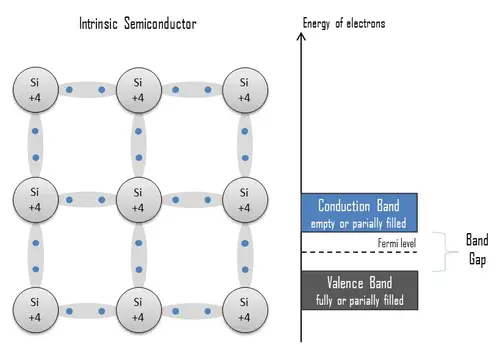Conductors are materials with low electrical resistance that allow electric current to flow easily, often used in electrical wiring and electronic devices.
Introduction to Conductors
Conductors are materials that facilitate the flow of electric current through them. These materials have a high number of free electrons that allow for the easy movement of charge, resulting in low resistance to the passage of an electric current.
Characteristics of Conductors
Conductors possess several key characteristics that make them well-suited for conducting electricity. Some of these characteristics include:
- Low resistivity: Conductive materials have low electrical resistance, allowing current to flow freely.
- High electron mobility: In conductors, the electrons are free to move and carry an electric charge.
- Temperature coefficient: Most conductors have a positive temperature coefficient, meaning their resistance increases with temperature.
Common Conductive Materials
Various materials exhibit conductive properties, but some of the most common conductors are metals. These include:
- Copper: Copper is the most widely used conductor material in electrical wiring, thanks to its high conductivity and affordability.
- Aluminum: Although not as conductive as copper, aluminum is lighter and less expensive, making it suitable for high-voltage transmission lines.
- Gold: Gold is an excellent conductor with high resistance to corrosion. It is often used in small quantities for connectors and contacts in electronics.
- Silver: Silver has the highest conductivity of all metals, but its cost and tarnishing properties make it less practical for widespread use.
Conductor Applications
Conductors play a vital role in various applications, such as:
- Electrical wiring: Conductors are used to transmit electricity in power grids, homes, and industrial settings.
- Electronics: Conductive materials are essential components in electronic devices like smartphones, computers, and televisions.
- Electromagnets: Conductors are wound into coils to create electromagnets, which generate magnetic fields when current passes through them.
Conclusion
In summary, conductors are materials with low electrical resistance that enable the smooth flow of electric current. Metals, such as copper, aluminum, gold, and silver, are commonly used conductors due to their high conductivity and other favorable properties. Conductors are crucial in a wide range of applications, from electrical wiring to electronic devices and electromagnets.




